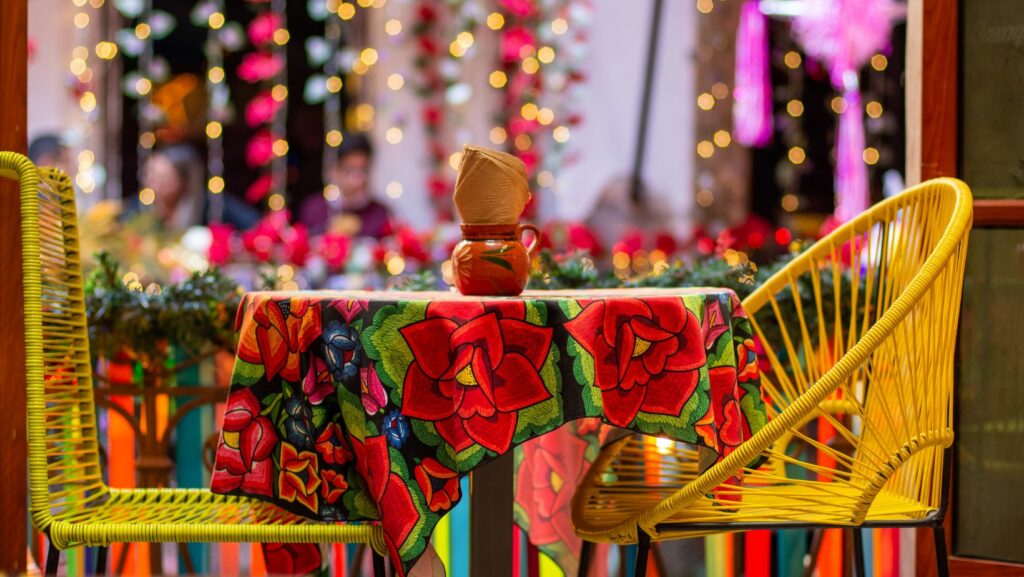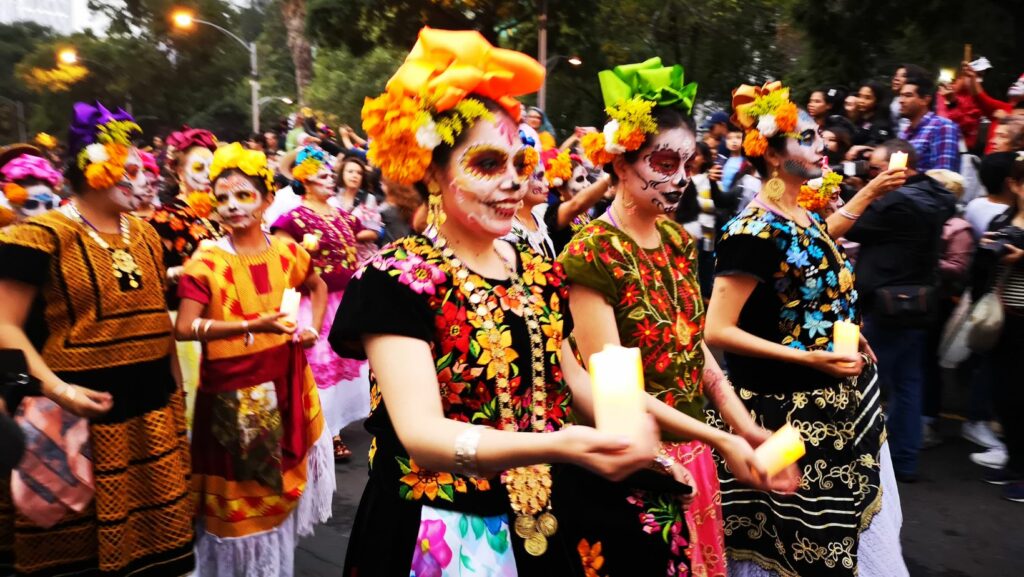Art Mexican Culture
Mexican artistic expression finds its roots in a complex tapestry of cultural influences that have shaped its unique identity. From the pre-Columbian civilizations like the Aztecs and the Maya, whose intricate pottery and architectural marvels still inspire contemporary artists, to the Spanish colonial era that introduced new artistic techniques and styles, Mexico’s art history is a fusion of diverse traditions.
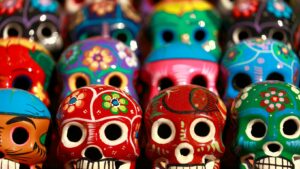
Each stroke on a canvas or sculpted figure carries the weight of centuries of storytelling, resilience, and creativity that define Art Mexican Culture as a vibrant mosaic of cultural heritage.
Indigenous cultures have played a pivotal role in shaping Art Mexican Culture, infusing it with a deep sense of spirituality, symbolism, and connection to the natural world. The intricate patterns of Huichol yarn art, the colorful motifs of Otomi textiles, and the elaborate rituals of Day of the Dead celebrations are all testament to the enduring influence of indigenous traditions on Mexican artistic expression. By embracing and reinterpreting ancient practices and beliefs, contemporary Mexican artists continue to pay homage to their indigenous roots while pushing the boundaries of artistic innovation.
Iconic Art Forms and Their Cultural Significance
Exploring Art Mexican Culture reveals the impactful realm of muralism, which stands as a powerful medium for political expression in public spaces. Mexican muralism emerged as a significant art form during the early 20th century, blending elements of indigenous cultural heritage with contemporary socio-political narratives. Artists such as Diego Rivera, Jose Clemente Orozco, and David Alfaro Siqueiros used murals to depict historical events, social injustices, and revolutionary ideas, shaping the visual landscape of Mexico with vibrant colors and powerful imagery.
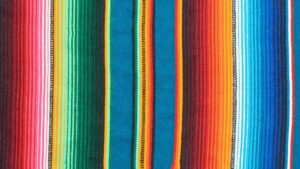
These monumental artworks not only beautify public areas but also serve as a voice for the marginalized, conveying messages of unity, resistance, and cultural identity. Muralism in Mexico transcends mere aesthetic value; it is a dynamic form of art that empowers communities, ignites political discourse, and preserves historical memory through larger-than-life visual storytelling.
Mexican folk art encompasses a diverse array of handmade creations, ranging from pottery and textiles to alebrijes (colorful wooden sculptures) and papel picado (decorative paper crafting). These artistic expressions are deeply rooted in indigenous practices, passed down through generations as a means of embodying cultural identity and storytelling. Artisans across Mexico meticulously craft each piece, infusing them with symbolic meanings and regional influences that reflect the country’s rich history and complex tapestry of traditions. By supporting local artisans and preserving age-old techniques, Mexican folk art not only safeguards cultural legacies but also sustains livelihoods and communities, ensuring that traditional artistry thrives in a modern world.
Celebrated Mexican Artists and Their Global Influence
Diego Rivera and Frida Kahlo stand out as pioneers of Mexican modern art. Rivera, known for his bold murals that depict Mexico’s history and struggles, used his art as a tool for social commentary. His monumental works, such as the “Man at the Crossroads” mural at the Rockefeller Center, reflect his political activism and Marxist beliefs. Rivera’s murals celebrate Mexico’s indigenous heritage while also addressing contemporary social issues, making him a seminal figure in the Art Mexican Culture scene.
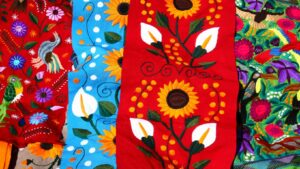
Frida Kahlo, renowned for her intimate self-portraits that poignantly capture her physical and emotional pain, remains an icon of feminism and individualism. Her unconventional style and unapologetic depiction of her life experiences have resonated with audiences worldwide, transcending cultural boundaries. Kahlo’s vivid use of color and symbolism in her paintings reflects her deep connection to Mexican folk art and mythology, offering a glimpse into her inner world of struggles and resilience.
In the realm of contemporary Art Mexican Culture, a new generation of artists continues to push boundaries and redefine artistic expression. Artists like Gabriel Orozco, who blends minimalism with surrealism, and Teresa Margolles, whose works address social issues and violence in Mexico, are making waves in the global art scene. Orozco’s thought-provoking installations challenge traditional notions of art, while Margolles sheds light on pressing social realities through her poignant artworks.

